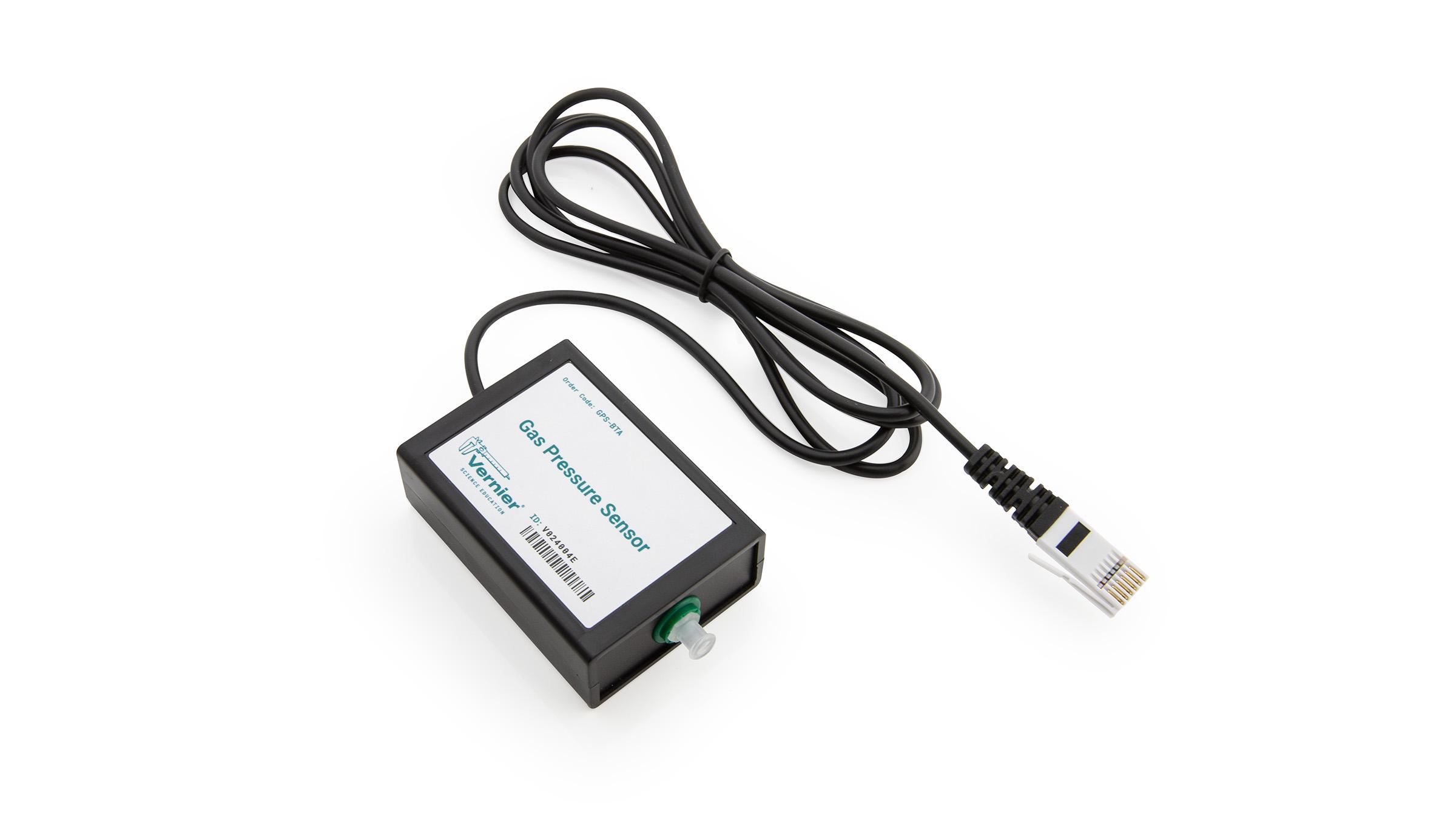Introduction
A Cartesian diver is a classic science experiment, named for René Descartes, which demonstrates the principle of buoyancy. The “diver” is a small, rigid tube that is open at the bottom end and sealed at the top (such as an eye dropper), that is immersed in an airtight container of water (such as a plastic water bottle). The diver itself has a small amount of air trapped inside. The air makes the overall density of the diver slightly lower than the density of the water. This causes the diver to float near the water surface. However, when the bottle is squeezed, the pressure inside the bottle increases, and the air bubble inside the diver decreases in size. This increases the overall density of the diver and causes the diver to sink to the bottom.
Objectives
In this project, your challenge is to design and build a sensor-controlled device that replicates a Cartesian diver. You will use a LEGO® Pneumatic Pump to pressurize a plastic bottle, which causes the diver to sink to the bottom, while monitoring the pressure with a Vernier Gas Pressure Sensor. Your device will control the amount of air in the bottle in order to change the pressure rather than physically squeezing the bottle.
Use a LEGO® Pneumatic Switch to release the pressure on the bottle, allowing the diver to rise to the surface. The device must cycle through at least one time. You can provide external input to the program, such as a button press on the EV3 brick, to release the pressure.
Sensors and Equipment
This experiment features the following sensors and equipment. Additional equipment may be required.
Ready to Experiment?
Ask an Expert
Get answers to your questions about how to teach this experiment with our support team.
- Call toll-free: 888-837-6437
- Chat with Us
- Email support@vernier.com

